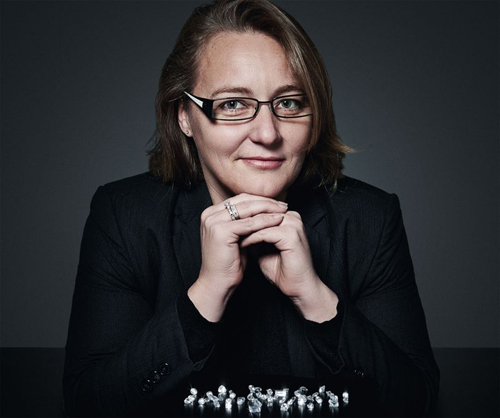
Leanne Kemp's Everledger uses blockchain to track features such as diamond cut and quality, as well as monitoring diamonds from war zones.

A diamond's past is rarely crystal clear. Knowing a stone's origin can stop fencing and insurance frauds and winnow out synthetic diamonds or those sourced in war zones. But forged paper certificates make provenance hard to verify.
That's why in May 2015 Leanne Kemp founded Everledger, a global digital registry for diamonds, powered by the blockchain - the decentralised ledger underpinning cryptocurrencies such as Bitcoin. "Blockchain is immutable; it cannot be changed, so records are permanently stored," says Kemp. "Information on the blockchain is cryptographically proven by a federated consensus, instead of being written by just one person."
Everledger uses more than 40 features, including colour and clarity, to create a diamond's ID. Enshrined in the blockchain, this information becomes a certificate chronicling the jewel's ownership, from mine to ring. Everledger has digitised more than a million diamonds and partnered with firms including Barclays.
The 20-person company has expanded its focus from polished stones to rough ones. This way, Everledger can monitor conflict diamonds, such as those mined in war zones, which frequently sneak into the market in their uncut form.
Now Kemp plans to extend London-based Everledger's scope by building an anti-counterfeit database for other precious goods.
Fine wines are top of the list, due to a collaboration with oenologist Maureen Downey. "We created a digital thumbprint for wine using information about the cork, the label and the bottle," she says. "We can use all these elements to identify an object and build up its reputation."
Australian-born Kemp, who is in her mid-forties, hopes that in the future, Everledger's core tech - a system relying on the Bitcoin blockchain and proprietary ledgers - could be aided by other tools, including computer-vision algorithms. "We are looking into using that to understand when counterfeiting is occurring," Kemp explains. "But so far, we have processed only a million diamonds. When we get to three, four, ten million stones, we'll be able to build."